If you're new to cooking with spices, you might wonder where to start. This beginner's guide covers everything you need to know: how to choose the right spices, how to use them effectively, and how to buy quality spices without breaking the bank. Let's dive in!
Written by Chef John Smith, a professional chef with over 10 years of experience in international cuisine. Chef Smith has worked in restaurants across Europe and Asia and is passionate about making global flavors accessible to home cooks.
Table of Contents
- Introduction to Spice in the World
- Understanding Spice Basics
- Global Spices You Should Know
- Practical Tips for Using Spices
- Buying Guide for Spices
- Frequently Asked Questions About Spices
- Conclusion
Introduction to Spice in the World
Spice has been a part of human civilization for thousands of years. Long before refrigeration or modern kitchens, people used spices not only to enhance flavor but also for preservation, medicine, and even religious rituals. Today, spices are more than just ingredients—they're cultural symbols, culinary tools, and essential parts of global cuisine.
From the fiery curries of South Asia to the fragrant blends of the Middle East, each region has its own unique spice heritage. And with globalization, it's easier than ever to explore these flavors from your own kitchen.
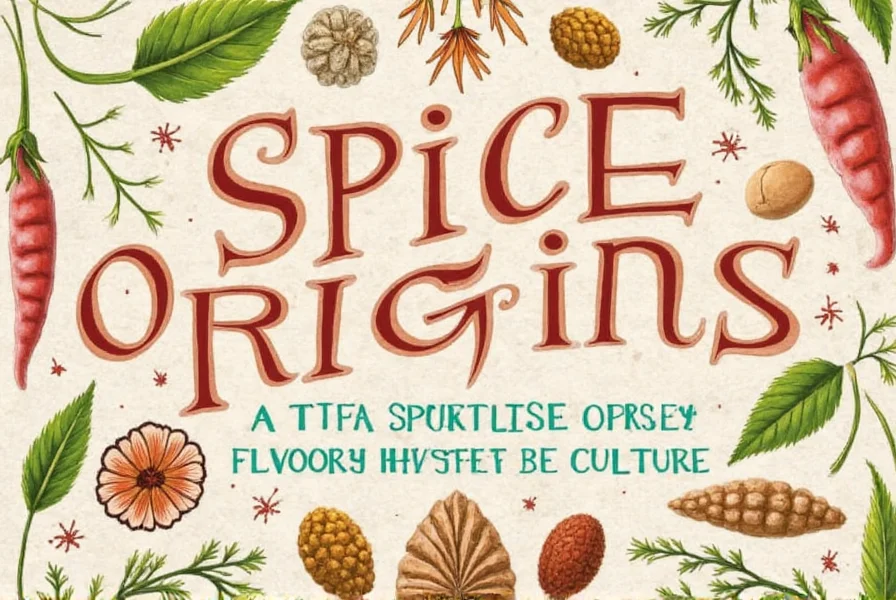
Understanding Spice Basics
Before diving into the world of spice, it's important to understand the basics. Spices come from various parts of plants—seeds, bark, roots, flowers, and more. They can be dried or fresh, whole or ground, and they all bring different characteristics to food.
Here's a quick breakdown of some key spice categories:
- Hot Spices: Chili, cayenne, paprika
- Aromatic Spices: Cinnamon, nutmeg, cardamom
- Earthy Spices: Cumin, coriander, turmeric
- Pungent Spices: Garlic, ginger, black pepper
Each spice has its own story, flavor profile, and use case. For example, turmeric is known for its earthy, slightly bitter taste and is often used in Indian and Southeast Asian dishes. Meanwhile, saffron, one of the most expensive spices in the world, adds a golden hue and a delicate floral note to paella and risotto.
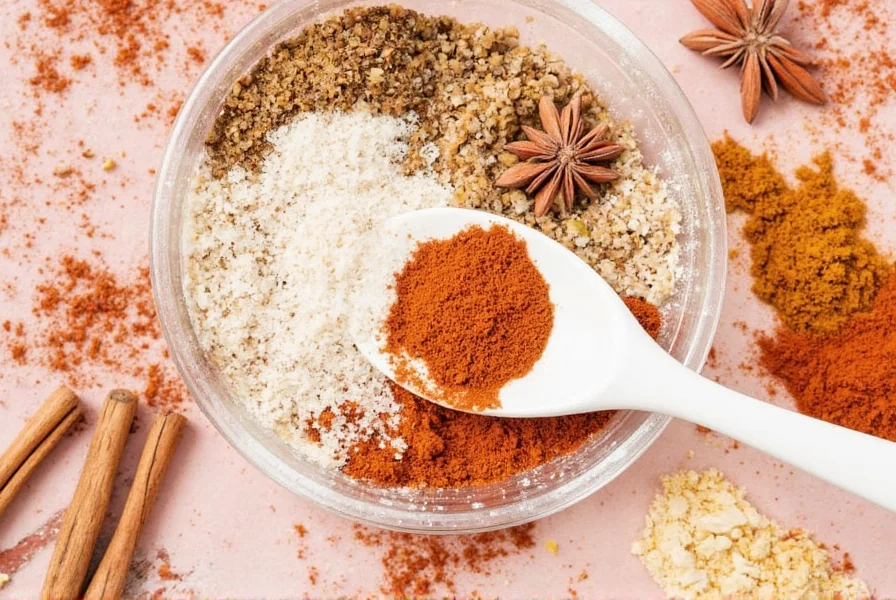
Global Spices You Should Know
The world is full of spices that define regional cuisines. Let's take a look at some of the most famous ones:
| Spice | Origin | Flavor Profile | Culinary Use |
|---|---|---|---|
| Cumin | Middle East / North Africa | Earthy, nutty, slightly smoky | Used in curries, stews, and spice blends like garam masala |
| Garam Masala | India | Warm, sweet, and aromatic | Used in many Indian dishes to add depth and complexity |
| Sumac | Middle East | Tart, lemony, tangy | Used as a seasoning on meats, salads, and kebabs |
| Paprika | Europe (especially Hungary) | Smoky, sweet, or spicy depending on type | Used in Hungarian goulash, Spanish chorizo, and paprika-based sauces |
| Star Anise | China | Sweet, licorice-like, strong | Used in Chinese braised dishes, pho, and mulled wine |
These are just a few examples. Each spice tells a story and contributes to the rich tapestry of global cuisine.
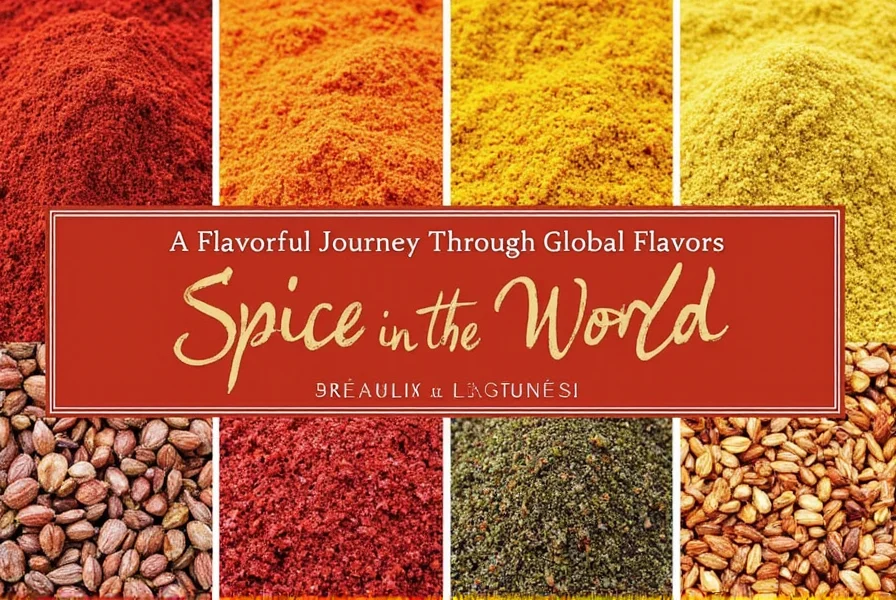
Practical Tips for Using Spices
Now that you know a bit about spices, let's talk about how to use them effectively. Here are some handy tips to keep in mind:
- Start Small: Spices can be powerful, so start with a little and add more if needed.
- Use Fresh Spices: Whole spices last longer than ground ones, so grind them as needed for maximum flavor.
- Toast Your Spices: Toasting spices like cumin or coriander enhances their aroma and flavor.
- Balance Flavors: Pair spices with complementary ingredients. For example, cumin pairs well with tomato, garlic, and chili.
- Experiment: Don't be afraid to mix and match. Sometimes the best dishes come from unexpected combinations.
Remember, there's no right or wrong way to use spices—just fun and creativity!
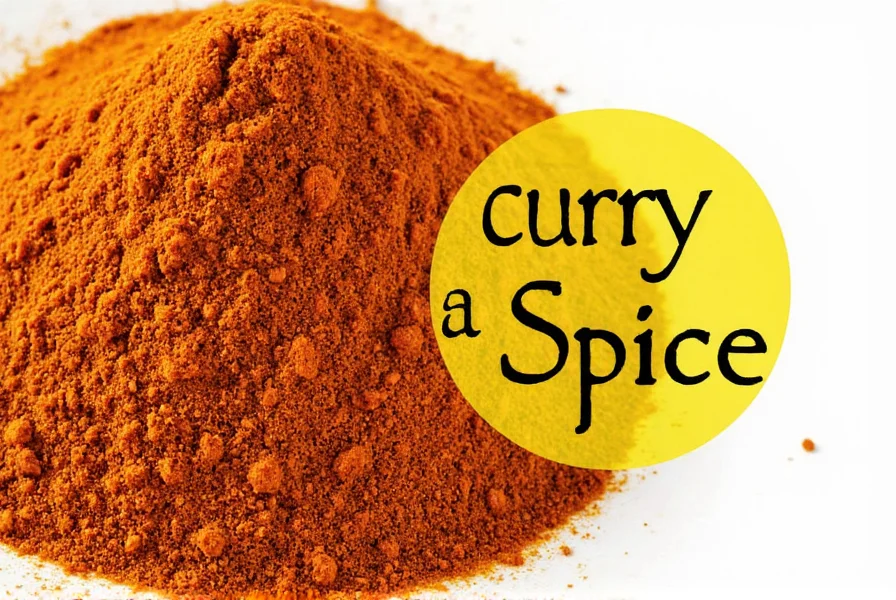
Buying Guide for Spices
If you're serious about cooking with spices, it's important to know where to buy and what to look for. Here's a quick guide to help you choose the best spices for your kitchen:
5 Essential Spices for Beginners
- Cumin
- Why it's great for beginners: It's a staple in many cuisines and adds depth without overwhelming
- How to use it: Toast whole cumin seeds for 1-2 minutes until fragrant, then grind or use as is. Great in chili, tacos, and roasted vegetables
- Example dishes: Mexican rice, Indian dal, roasted carrots
- Coriander
- Why it's great for beginners: Adds a fresh, citrusy note that complements many dishes
- How to use it: Use ground coriander in curries, soups, and marinades. Whole seeds can be toasted and ground for more flavor
- Example dishes: Indian curries, Middle Eastern tabbouleh, roasted chicken
- Turmeric
- Why it's great for beginners: Provides vibrant color and mild earthy flavor
- How to use it: Add to rice dishes, soups, and curries. Combine with black pepper to enhance absorption
- Example dishes: Golden milk, yellow rice, lentil soup
- Chili Powder
- Why it's great for beginners: Adds adjustable heat to any dish
- How to use it: Start with 1/4 teaspoon per serving and adjust to taste. Great in chili, tacos, and rubs
- Example dishes: Mexican chili, fajitas, roasted potatoes
- Garlic Powder
- Why it's great for beginners: Convenient umami boost for quick meals
- How to use it: Use in place of fresh garlic when short on time. Add to marinades, dressings, and seasoning blends
- Example dishes: Pasta sauces, roasted vegetables, baked chicken
When shopping for spices, always check the date and source. Look for reputable brands that offer high-quality, pure spices without unnecessary additives. Also, consider buying in bulk for frequently used spices to save money and reduce packaging waste.
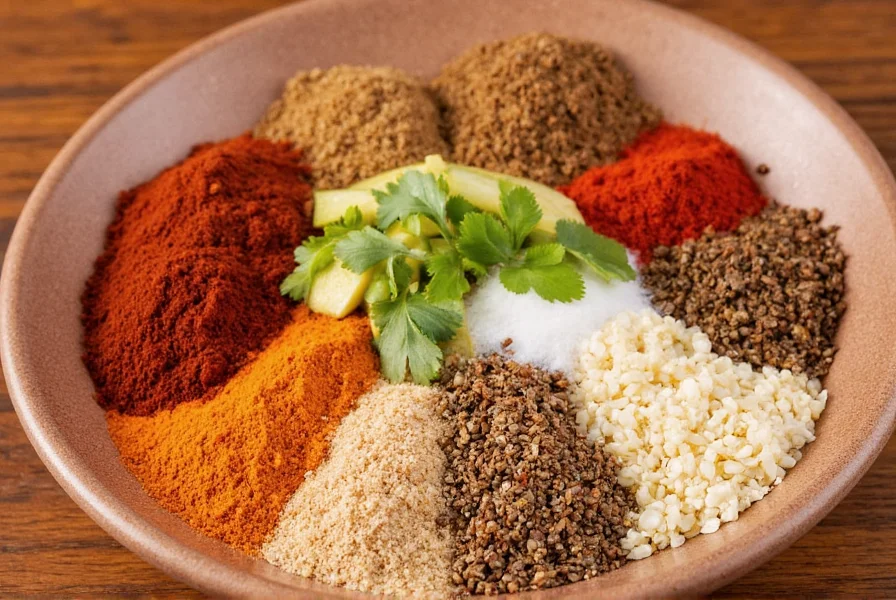
Frequently Asked Questions About Spices
Here are some common questions about spices and their answers to help deepen your understanding of these flavorful ingredients.
What is the oldest known spice in human history?
Black pepper is considered one of the oldest known spices, with evidence of its use dating back to 2000 BCE in ancient India. It was so valuable that it was often used as currency and referred to as "black gold."
How do spices affect the flavor of food?
Spices enhance food by adding complexity, depth, and specific flavor profiles. They can provide heat (like chili peppers), sweetness (like cinnamon), earthiness (like cumin), or floral notes (like saffron). When used properly, spices balance and elevate the natural flavors of ingredients rather than overwhelming them.
What are the health benefits of using spices regularly?
Many spices offer significant health benefits. According to the National Institutes of Health (NIH), turmeric contains curcumin which has anti-inflammatory properties. Cinnamon may help regulate blood sugar levels. Ginger aids digestion, and garlic has antimicrobial properties. While spices shouldn't replace medical treatment, incorporating a variety into your diet can contribute to overall wellness. Always consult your healthcare provider before making dietary changes for health reasons.
How can I tell if my spices are still fresh?
Fresh spices have vibrant color and strong aroma. If your ground spices have lost their color or don't release fragrance when rubbed between your fingers, they're likely past their prime. Whole spices generally last longer (3-4 years) than ground spices (1-2 years). A simple test: if you can't smell the spice strongly, it probably won't add much flavor to your food either.
What's the difference between spices and herbs?
Herbs typically come from the leafy parts of plants (like basil, cilantro, and parsley), while spices come from other parts of the plant such as seeds (cumin), bark (cinnamon), roots (ginger), or flowers (saffron). Herbs are often used fresh, while spices are usually dried, though there are exceptions to both rules.
Which spices should I start with as a beginner?
For beginners, start with versatile spices that work across multiple cuisines: cumin (earthy, nutty), coriander (citrusy, floral), turmeric (earthy, vibrant), chili powder (heat), and garlic powder (umami). These five can form the foundation for many global dishes and allow you to experiment before expanding your collection.
Conclusion
Spice in the world is more than just a flavor—it's a reflection of culture, history, and tradition. Whether you're an amateur enthusiast or a seasoned chef, exploring the world of spice can open up new culinary horizons and deepen your appreciation for global flavors.
So next time you reach for a spice, remember that you're not just adding flavor—you're connecting with a vast and fascinating world of taste and tradition. Happy cooking, and may your dishes always be spiced to perfection!

Spice in the world is a journey worth taking—every pinch, every blend, and every recipe tells a story.

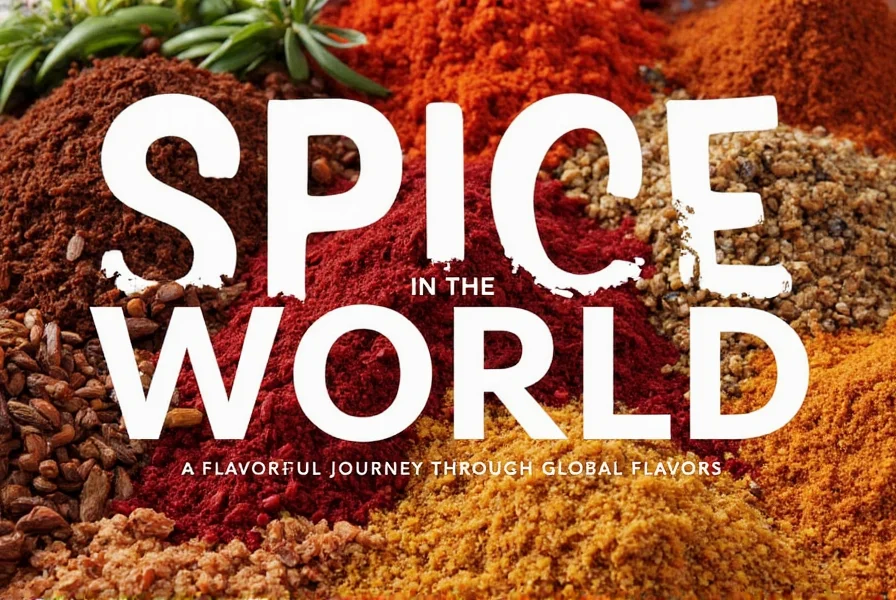









 浙公网安备
33010002000092号
浙公网安备
33010002000092号 浙B2-20120091-4
浙B2-20120091-4